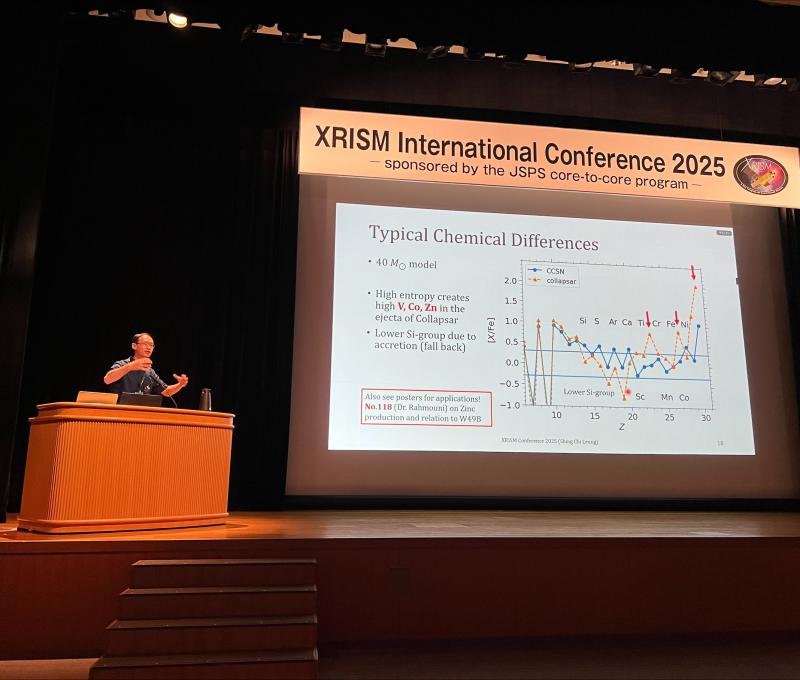Collaborative SUNY Poly Research by Professor Carlo Cafaro Published in Physics of the Dark Universe

Dr. Carlo Cafaro, SUNY Poly faculty in the Department of Mathematics and Physics, has collaborated with Ms. Anna Chiara Alfano (Physics PhD student candidate, Università degli Studi di Napoli “Federico II”, Italy), Dr. Salvatore Capozziello (Professor of Physics, Università degli Studi di Napoli “Federico II”, Italy), and Dr. Orlando Luongo (Assistant Professor of Physics, University of Camerino, Italy) on a work published in Physics of the Dark Universe. Dr. Orlando Luongo will also be holding the status of SUNY Poly Visiting Scientist sponsored by Dr. Carlo Cafaro from January 2023 to January 2025.
Physics of the Dark Universe is an innovative online-only journal that offers rapid publication of peer-reviewed, original research articles considered of high scientific impact. The journal is focused on the understanding of Dark Matter, Dark Energy, Early Universe, gravitational waves, and neutrinos, covering all theoretical, experimental, and phenomenological aspects. The journal is published by Elsevier, a publishing company with a long-established reputation for publishing top journals in physics.
Dr. Cafaro says it was a pleasure to be part of this scientific effort, adding that this paper lead by Ms. Alfano and Dr. Luongo was a sort of “going back to the roots” for him. Indeed, Dr. Cafaro earned his Master of Science in Theoretical Physics at the University of Pisa (Italy) in 2002. The title of his MS Thesis was “Theoretical Estimate of Atmospheric Newtonian Noise in Interferometric Detectors of Gravitational Waves.”
The research paper, entitled “Dark energy-matter equivalence by the evolution of cosmic equation of state” is an interesting piece of work. It combines cosmological concepts and statistical analysis methods to describe and, to a certain extent, understand some aspects of the evolution of the Universe.
The main idea in this work led by Alfano and collaborators concerns the determination of theoretical constraints for the equivalence time when the magnitudes of dark energy and matter are assumed to be the same. Specifically, the authors focus on baryons and cold dark matter, studying them separately and then jointly to match the magnitude of dark energy. Although this equivalence time can be theoretically predicted, it can also be validated through observations. To achieve this validation, the authors first establish theoretical boundaries for this equivalence time. Then, Alfano and collaborators compare these boundaries with experimental data sets, including recent catalogs such as supernovae, baryonic acoustic oscillations, and observational Hubble data. Their findings hold true for both spatially flat and non-flat universes, and the authors compare them with the latest models of dark energy. Remarkably, they demonstrate that the best dark energy model undergoes only slight evolution at the background level. As a result, they conclude that potentially significant deviations are anticipated to occur solely at very large redshifts.
The team’s published research, featuring Ms. Anna Chiara Alfano and Dr. Orlando Luongo as lead authors, can be read here:
URL: https://authors.elsevier.com/c/1hXDe7t6qqFWZg
DOI: https://doi.org/10.1016/j.dark.2023.101298







